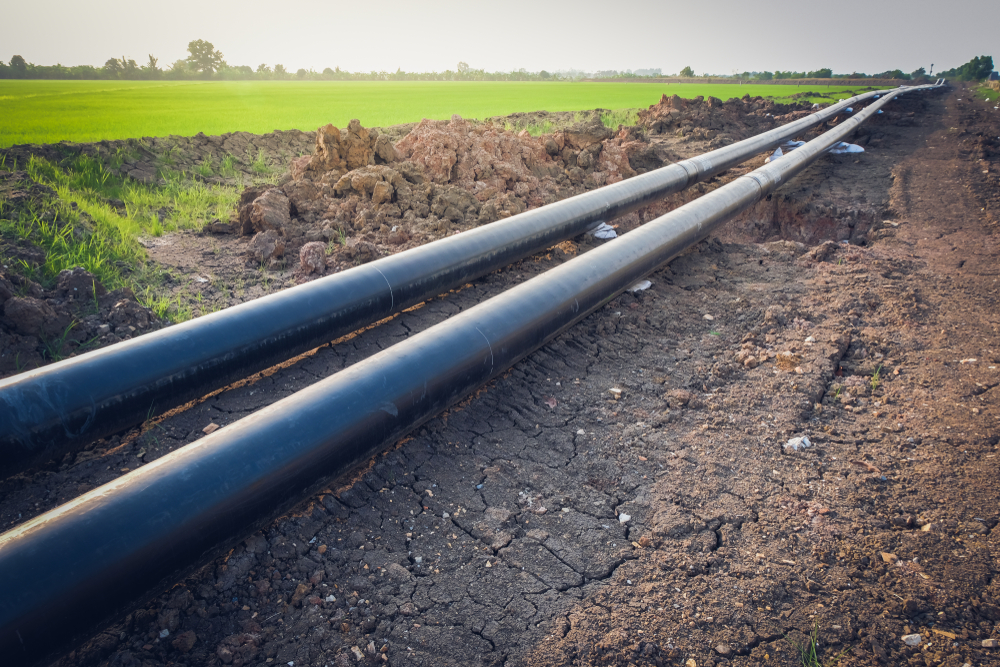GAO recommends TSA begin reviewing, updating pipeline security plans

Since the Department of Homeland Security (DHS) began coordinating pipeline security incident responses in the United States in 2010, they have failed to review or update such efforts, leaving potentially major gaps, according to the Government Accountability Office (GAO).
It is a plan that affects more than 2.7 million miles of pipeline, and everyone who relies on them. These pipes supply natural gas, oil, and other hazardous liquids, all critical to daily operations, but their current security response plan does not even include things like cybersecurity.
The GAO report stated that this is a case of oversight and neglect. A memorandum of understanding annex was signed between the Transportation Security Administration (TSA) and Pipeline and Hazardous Materials Safety Administration (PHMSA) back in 2006 to lay out their responsibilities toward said pipelines. It has never since been reviewed or additional, modern security developments considered. Even today, there are no set timeframes for updates.
Further complicating matters is the TSA Pipeline Security and Incident Recovery Protocol Plan, issued in March 2010 to define the various roles of federal agencies and private sector interests in pipeline security issues. This likewise has not been updated in regards to pipeline security threats, incident management policies or DHS’s terrorism alert system.
As a result of these oversights, GAO has urged five executive-level changes to steady the course. For both the TSA and PHMSA, they want timelines and milestones developed for both reviewing and updating the 2006 MOU Annex. Periodic reviews are consequently recommended for the Annex. They also want a similar review treatment for the 2010 Pipeline Security and Incident Recovery Protocol Plan.
Both DHS and the Department of Transportation have agreed with the recommendations.
